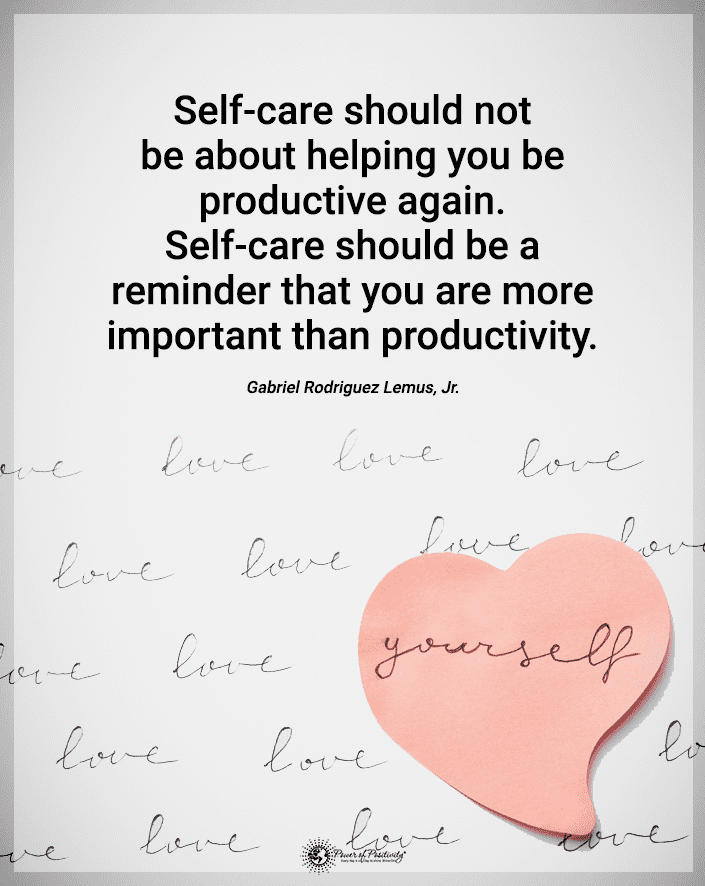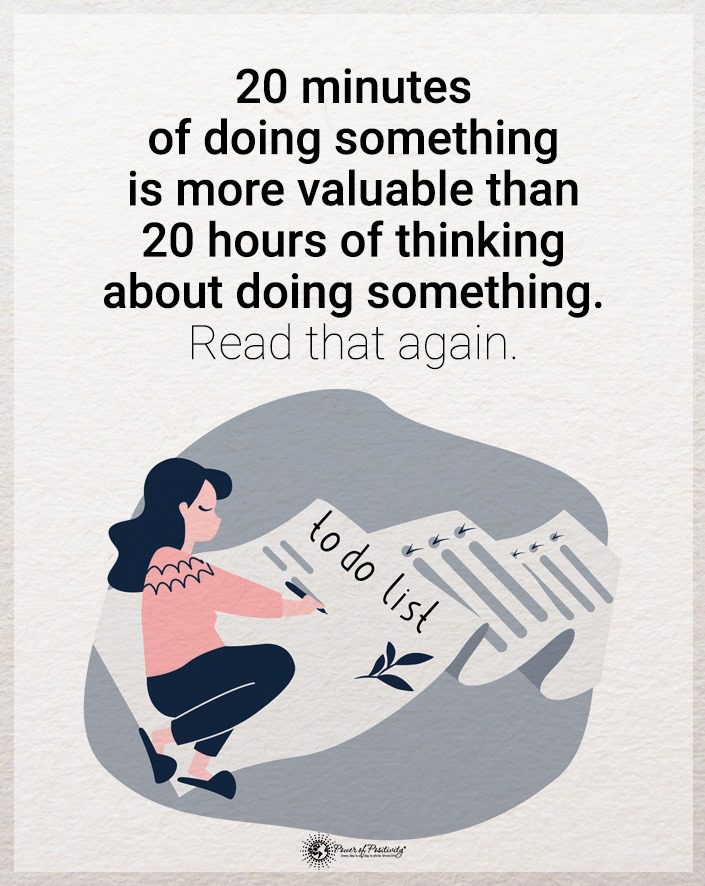Have you ever felt like you couldn’t keep going due to being drained emotionally? It happens to the best of us, and often when we least expect it. Being emotionally paralyzed means that we’ve been through so much turmoil that our minds and spirits have a hard time processing it all, so we begin to shut down mentally. When we go through trauma, taking time for ourselves is perfectly understandable and normal. However, when we start to fall into a habitual state of emotional fear and stress, this is where it can become a problem. Here are some ways to move on when you feel you can’t any longer.
7 Ways To Move Forward When You Feel Emotionally Paralyzed
1. Breathe
Deep and purposeful breathing is our best tool against anxiety, frustration and overall negative feelings. When you start to feel tension in your neck or butterflies in your stomach, take a minute and breathe deeply.
Close your eyes and focus on your breath. Breathe in deeply through your nose and visualize your entire body filling up with your breath. Then slowly exhale through your mouth and watch the breath leave.
Do this five times and feel the incredibly relaxing effects it has on your body and mind.
2. Declutter
Clutter can rob you of the vital energy you need to live your best life. Spending just a few minutes decluttering the spaces you live and work in can have a huge impact on enhancing your life.
Make a conscious choice to declutter. This will free you up to appreciate what you have and focus your attention on the things that matter most. Start small with a shelf or a drawer. You will be surprised how far you can get with just ten minutes of decluttering.
3. Do what scares you
Ride a motorcycle, go zip-lining, parachute, climb a mountain, go surfing, or go skiing. Overcoming your fears is one way to live life on the edge. Get in front of an audience in Open-Mic night at any local cafe or bar. Join a meet-up group and explore an area near where you live. Take a cruise alone. Go to a homeless shelter and help for a day. Take flowers to a stranger in a hospital. Leave a sweet note on a neighbor’s door. To get over fears, you must tackle them head on…you cannot go around them.
4. Give up the “all or nothing” mentality
Even the most positive, self-confident people in the world have spells of insecurity and negative thinking sometimes, but it can become debilitating if you actually believe these thoughts. For example, let’s say you want to get a higher paying job. You might tell yourself “If I don’t land this job, then I will never find anything else and that means I just don’t deserve anything better.” See how damaging this type of thinking can be? By telling ourselves we won’t find happiness and fulfillment unless a certain event occurs, then we have vested all our faith and energy in an outcome. This means that if something different happens, our rigid way of thinking will prevent us from seeing the bigger picture, and realizing the universe simply had different plans for us.
Rather than thinking in absolute terms and conjuring up the worst case scenario in your mind, start thinking more realistically. Self-defeating thoughts can really prevent you from living up to your full potential, and trick you into thinking you can never change your life due to one event or situation.
5. Stop comparing yourself to others.
Comparison does nothing for you, except make you doubt yourself and feel inferior to others. It can make you feel worthless if you expect your life to look exactly like someone else’s, and will most certainly only pave the road to disappointment. Or, you could use it in the opposite way, in order to feel better about yourself and where you’re at in life. It helps to remember that everyone here is on their own journey, and no one is inherently better than anyone else. We all have our own roads to take, our own destinies to fulfill. Your path will look differently than your neighbor’s, your sister’s, and your friend’s, and this doesn’t mean you have chosen the wrong route.
It means you have certain lessons you need to learn here that might differ from others, so stop comparing your journey to everyone else’s. Focus on how you can become a better person, and everything will start to fall into place.
6. Replace the “I Can’ts” with “I Can’s”
Another form of degrading thoughts, the “I can’t” mentality can stop you in your tracks before you’ve even taken a step forward. If you don’t think you’re good enough or deserving of something, then of course, it won’t show up in your life because you’ve created a blockage. You have put up walls to keep out potentially amazing things from manifesting in your reality, and told yourself you can’t achieve what you want before you even try. The universe works with the Law of Attraction, so whatever you think will show up in your life, regardless of if you want it or not.
If you don’t like what you see in your life, the primary culprit here is your mind. Change your thoughts, change your life!
7. Spend 10 minutes a day in gratitude.
Focusing on the things that we are grateful for every day brings the good in our life into focus. What better way to move on in life than to realize you already have everything you need to begin with?









